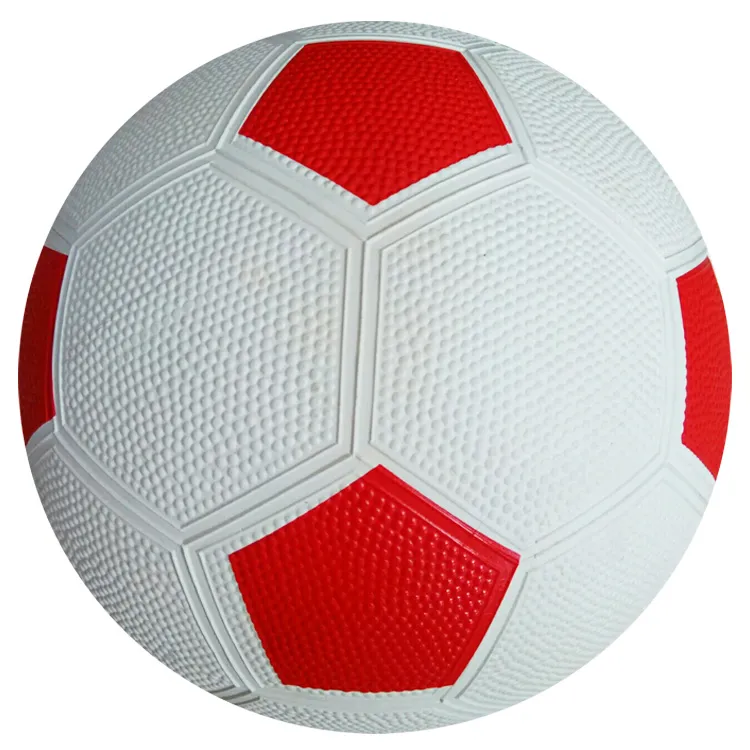Crafting the Perfect Volleyball A Comprehensive Guide

Creating an ideal volleyball requires a profound understanding of both the sport and the science behind the ball's design. Volleyballs are not just pieces of equipment; they are innovations interwoven with the sport's evolution, demanding attention to detail and precision. This guide delves into the intricate process of designing a volleyball that meets professional standards and enhances player performance.
Understanding Materials and Quality

A volleyball comprises an outer casing, a lining, and a bladder. The outer casing is typically made from either synthetic leather or genuine leather. Synthetic leather is prevalent in indoor volleyballs due to its durability and consistent texture, which offers more predictable ball flight and control. Genuine leather, on the other hand, is favored for its natural feel and grip but can be less durable over time. Precision in selecting these materials is paramount for ensuring the ball's longevity and performance.
The bladder is the heart of the volleyball, usually comprised of latex or butyl. Latex bladders allow for better air retention and elasticity, essential for a consistent bounce and feel. Butyl, although less elastic, offers excellent air retention, making it ideal for outdoor volleyballs where conditions can affect performance.
Balancing Weight and Size
A volleyball's weight and circumference are crucial for optimizing gameplay, directly affecting how the ball moves and responds to strikes. The official weight ranges from 260 to 280 grams, and maintaining this standard ensures uniformity and fairness in competitive play. Achieving this balance necessitates a keen understanding of material science and the conditions in which the game is played, as variations in temperature and humidity can impact the ball's properties.
Aerodynamics and Surface Design
The volleyball's surface design significantly influences its aerodynamics, affecting speed and trajectory. A well-designed volleyball features panels strategically placed to minimize air resistance and ensure stable flight. Traditional designs use 18 or fewer panels, and their configuration is critical in reducing drag and providing predictable movement.
Expertise in aerodynamics can enhance the ball's trajectory control, making it responsive to player actions like spikes and serves. Each panel is carefully stitched or glued, and the seam construction is meticulously tested for minimal air exposure, which could alter the ball's flight path.
Durability for Diverse Conditions
design a volleyball
Volleyballs are exposed to varying environments, from the humid indoors of a sports arena to the gritty sands of a beach. Designing a volleyball that withstands these differing conditions requires expertise in material durability and adaptability. Waterproof coatings and UV-resistant materials help maintain the ball's integrity, allowing it to perform optimally in any setting.
Trust in Industry Standards
Compliance with industry standards, such as those set by the Fédération Internationale de Volleyball (FIVB), is essential for credibility. These standards cover every aspect of the ball, from material composition to size and weight specifications. Adhering to these regulations not only ensures the ball's acceptance in professional settings but also builds consumer trust in the brand.
Incorporating Feedback from Professionals
Designing a volleyball is not solely a scientific endeavor; it requires insights from those who use the product most—the players. Incorporating feedback from professional athletes helps refine the ball's design, ensuring it meets the demands of high-level play. This collaborative approach enhances the ball's utility and performance, as firsthand experiences provide invaluable perspectives on grip, bounce, and overall feel.
Innovation and Continuous Improvement
Designing a volleyball is an ongoing journey of innovation and refinement. Utilizing cutting-edge technology such as computer-aided design (CAD) and simulations can predict performance and identify areas for improvement. Experimentation with new materials and manufacturing techniques can lead to breakthroughs in the ball's design, such as enhanced grip patterns or aerodynamics.
Authoritative Thought Leadership
To establish authority in the volleyball manufacturing industry, sharing knowledge through workshops, articles, and collaborations with sports scientists is vital. Thought leadership positions organizations as experts in the field, fostering trust amongst consumers and peers.
In conclusion, designing a volleyball that meets the highest standards is a multifaceted process requiring expertise, innovation, and collaboration. The blend of material science, player feedback, and adherence to industry standards ensures that every volleyball produced is fit for champions, enhancing the thrill and precision of the game we cherish.













